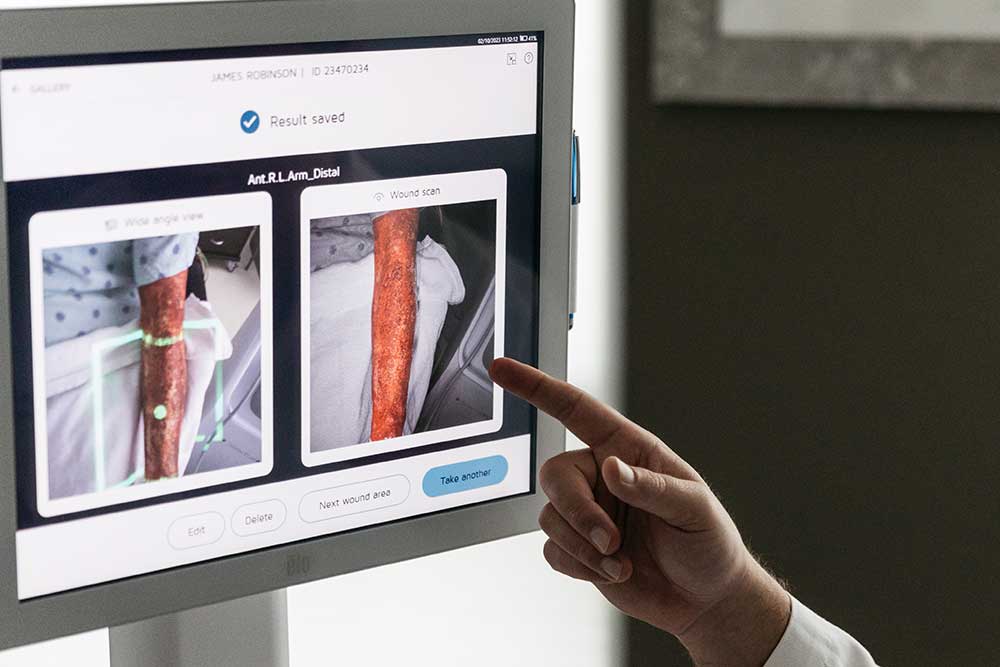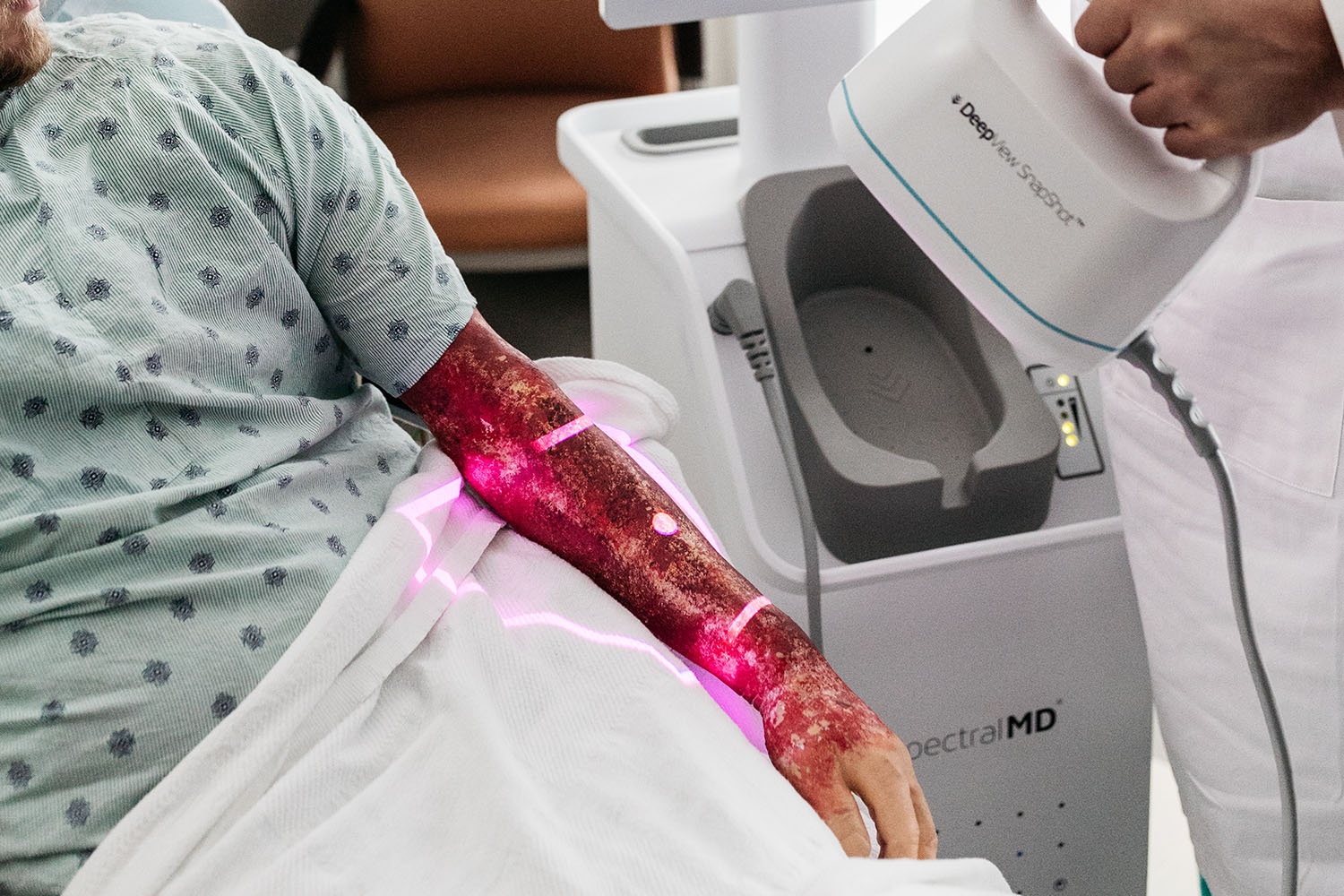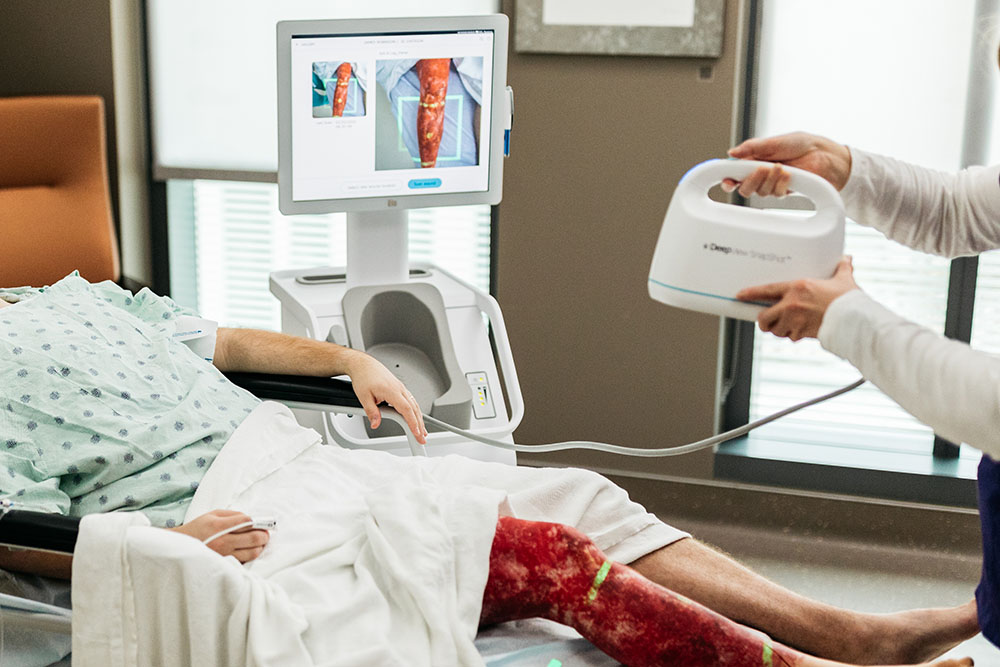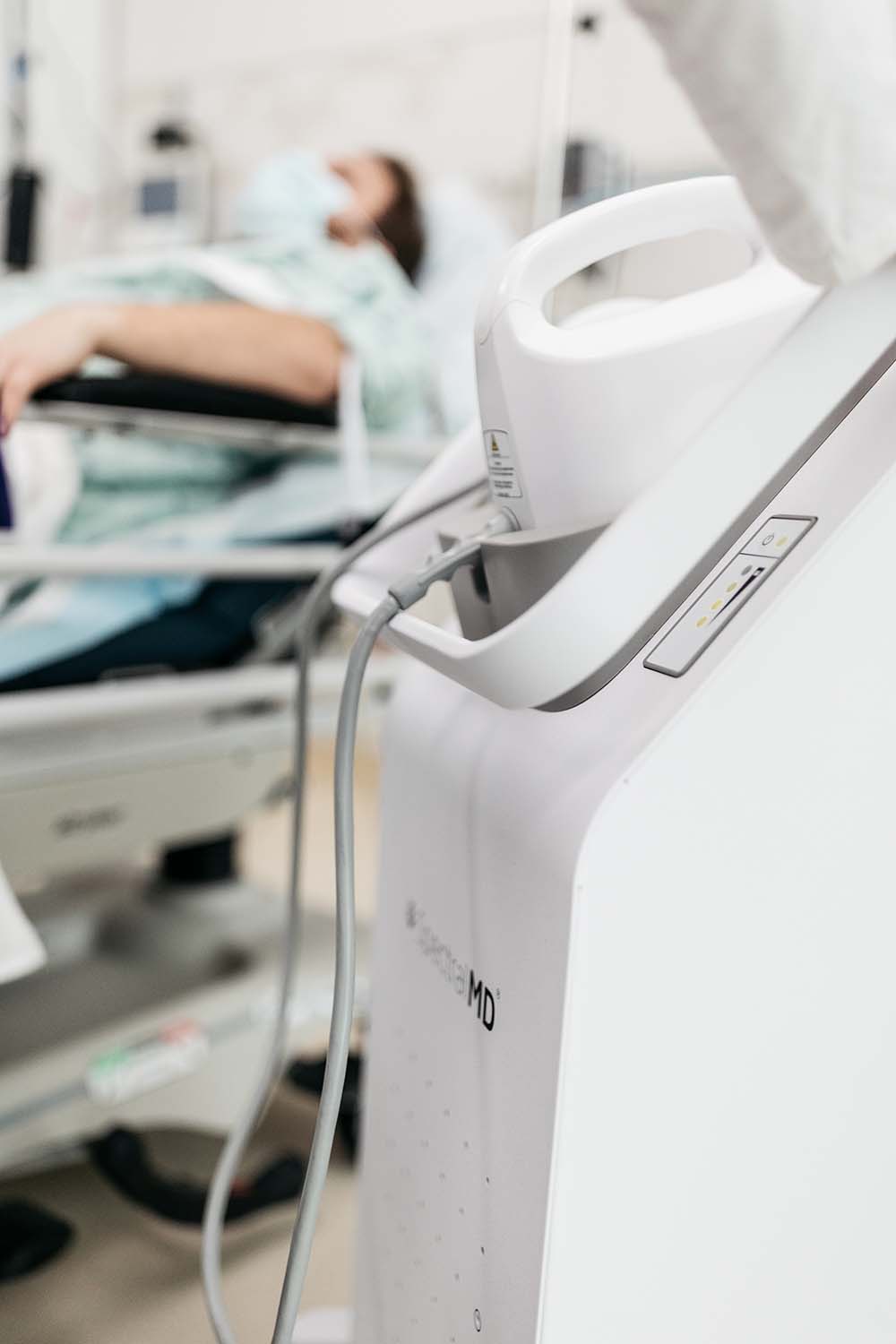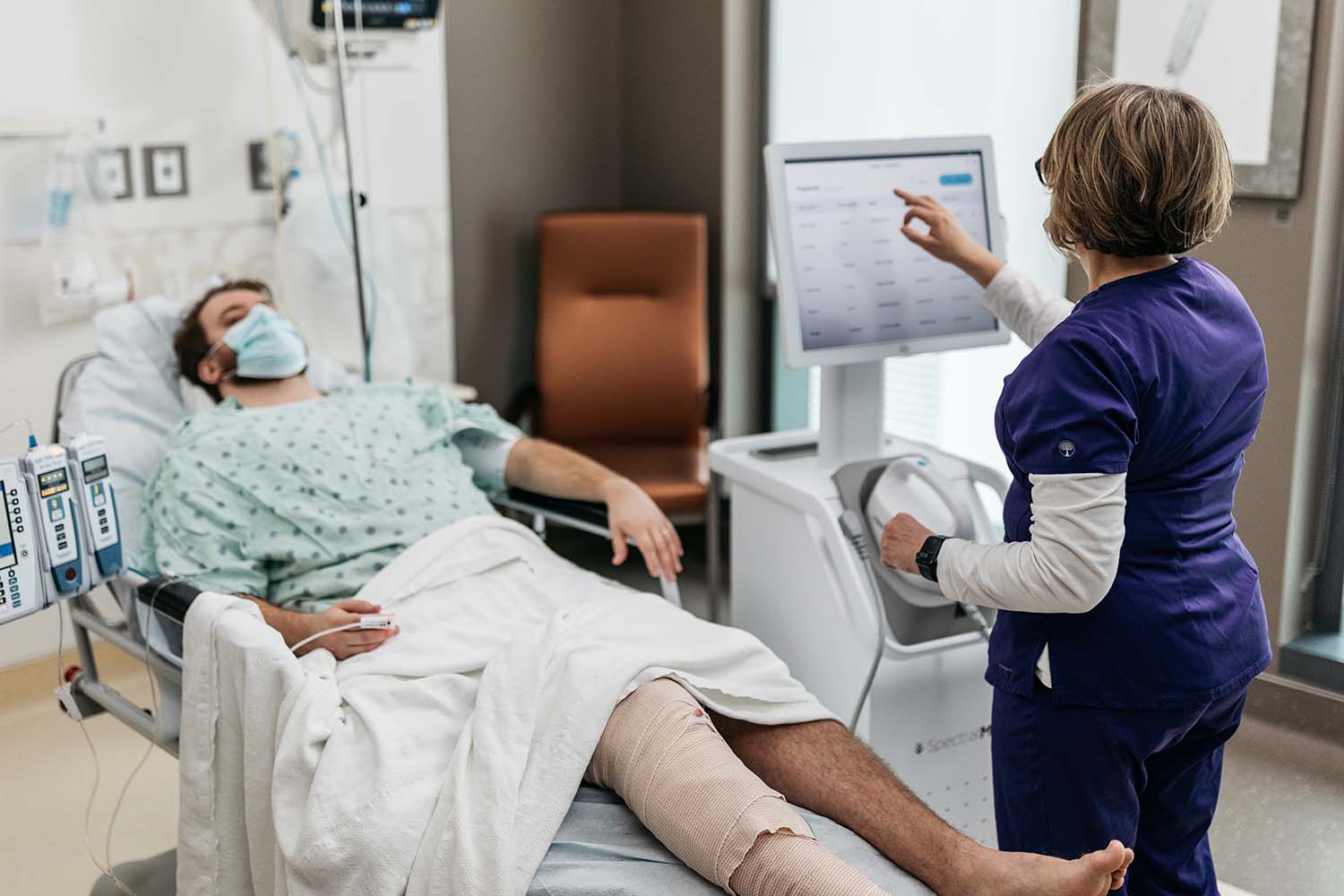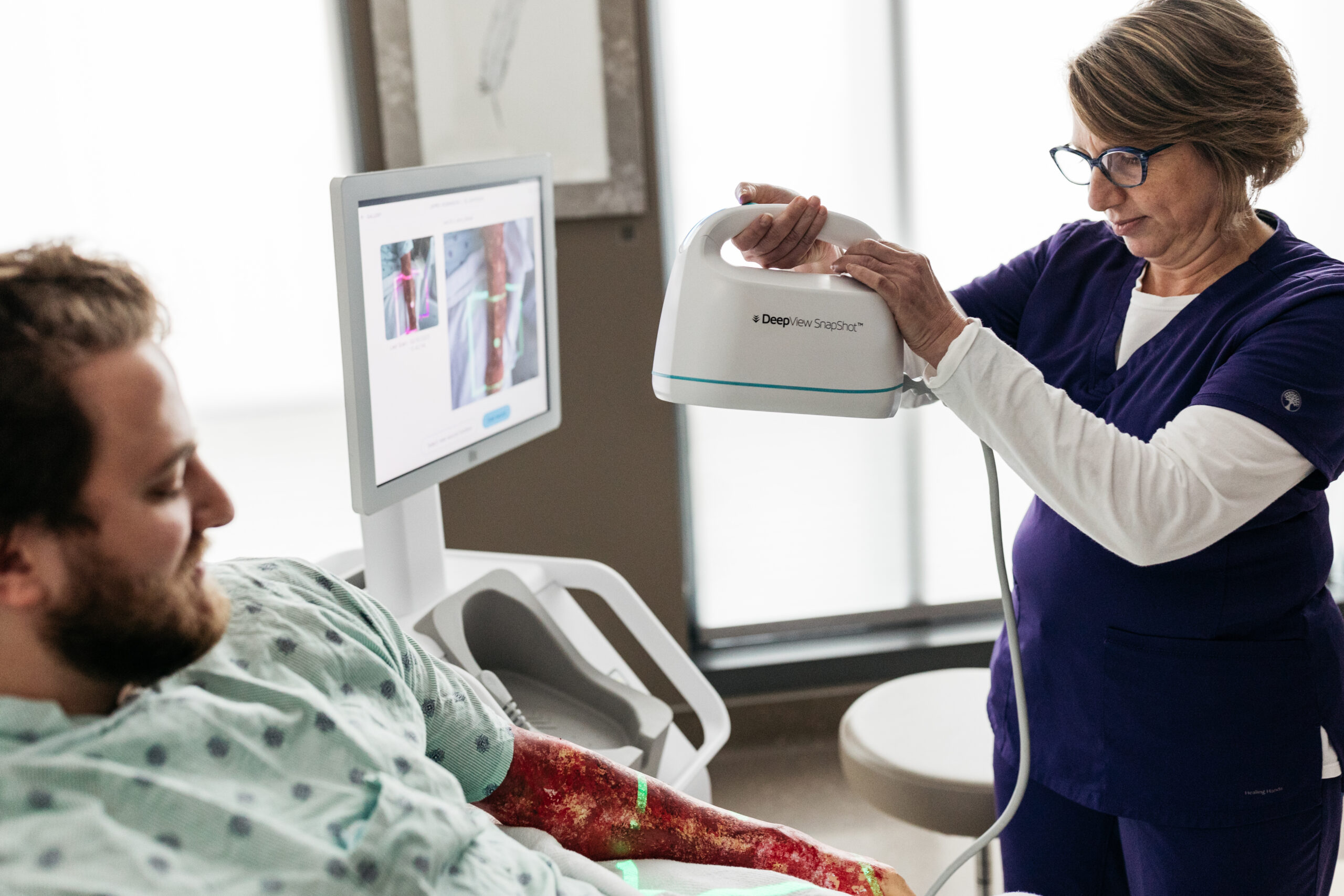Burn injuries are among the most acute traumas treated in medical settings, requiring a nuanced understanding of their diagnosis and management. Whether a patient experiences a mild first-degree burn or a severe third-degree injury, the precision of the initial assessment directly impacts the treatment efficacy and recovery outcome. This article delves into the intricate process of burn diagnosis and patient care, emphasizing the critical role that thorough evaluation plays in determining the severity of burns and shaping the subsequent medical response.
From assessing the depth and extent of the burn to considering the affected body area and overall health status of the patient, each factor is crucial in crafting an effective treatment plan. These plans may range from simple outpatient care for minor burns to intensive, specialized treatment for more severe injuries, including surgical interventions and long-term rehabilitation efforts. The article further explores how healthcare providers must meticulously manage both the immediate and prolonged needs of burn victims, ensuring they receive not only the urgent care needed to stabilize their condition but also ongoing support to aid in their full recovery.
Burn Diagnosis and Patient Care
Accurate diagnosis of burn severity is paramount for initiating the correct therapeutic interventions and managing patient care effectively. The treatment and prognosis of burn injuries largely depend on the initial assessment performed by healthcare providers. This diagnosis informs every aspect of patient management, from urgent care and surgical needs to rehabilitation and long-term recovery strategies.
Healthcare providers must use meticulous care when assessing burn depth and extent, as these factors determine the immediate needs—such as fluid resuscitation and infection control—as well as long-term treatment plans like physical therapy and psychological support. Early and accurate assessment not only guides surgical and medical management but also impacts the prognosis by reducing complications and improving functional and aesthetic outcomes.
Additionally, providers should consider the burn’s location and the patient’s overall health status. Burns involving the face, hands, feet, or over major joints are treated with special attention to preserve maximum function and appearance. Similarly, burns in children and the elderly or those with underlying health conditions pose additional challenges due to the potential for more significant impact and slower recovery.
Thus, effective burn diagnosis and patient care hinge on a thorough understanding of burn depth, area, and critical factors like patient age and health status. Each of these elements plays a crucial role in shaping the approach to treatment and rehabilitation, underscoring the importance of a comprehensive and precise initial assessment. Through diligent evaluation and tailored care, healthcare providers can significantly enhance the quality of life for burn patients, aiding in both physical recovery and psychological well-being.

More about Deepview
Learn more about our DeepView® technology
Request a Demo
Looking to learn more about DeepView® technology, or eager to see it in action?
Types of Burns and How They Are Diagnosed
Understanding the types of burns and their diagnosis is essential for effective management and treatment. Burns are categorized by their depth, which significantly influences the treatment approach and the risk of complications.
First-Degree Burns
First-degree burns, the mildest form of skin injuries, primarily affect the epidermis—the outer layer of the skin. Healthcare providers recognize these burns by their hallmark characteristics: redness, slight swelling, and pain, which typically resolve without causing permanent damage. Patients often experience a sensation similar to a mild sunburn. Diagnosis primarily involves a visual inspection to confirm that only the top layer is involved.
When managing first-degree burns, the emphasis is on self-care:
- Cooling the Burn: Immediately run cool (not cold) water over the burn for 20 minutes or apply a cool, wet compress to relieve pain and reduce heat.
- Protecting the Burn: Cover the area with a sterile, non-adhesive bandage or cloth to protect the injured skin.
- Pain Relief: Over-the-counter pain relievers such as ibuprofen or acetaminophen can be used to manage discomfort.
Generally, these burns heal within a week, and home treatment is sufficient. However, certain situations require medical attention:
- Extensive Burns: If a large area, especially if it’s on the face or a major joint, is affected.
- Signs of Infection: Increased pain, redness, swelling, or oozing from the burn site indicates possible infection.
- No Improvement: If symptoms persist beyond a few days without signs of healing.
Moreover, healthcare providers should educate patients on how to monitor their burns and recognize signs of complications. This guidance helps ensure that patients manage their burns effectively at home and know when to seek professional medical advice. Proper initial assessment and patient education can significantly aid the healing process, preventing potential complications and ensuring a swift recovery.
Second-Degree Burns
Second-degree burns, also known as partial thickness burns, extend beyond the outer layer of skin into the dermis, presenting distinct signs that healthcare providers must swiftly identify for optimal treatment. These burns are marked by intense redness, swelling, and the formation of blisters. The skin often appears wet or shiny and feels very tender when touched. Pain is usually more severe due to the injury affecting sensitive nerve endings within the dermis. Diagnosing these burns involves assessing the blister formation and the wet, shiny appearance of the skin. It’s vital to determine the extent of the damage to the dermis to plan appropriate treatment.
Upon diagnosing a second-degree burn, the approach to professional care and treatment includes several critical steps:
- Initial Management: Immediate cooling of the burn with lukewarm water can reduce damage and alleviate pain, but it should be done cautiously to avoid worsening the burn injury.
- Wound Care: Careful cleaning and sterile dressing of the burn are crucial to prevent infection. Blisters should be managed according to medical advice, often left intact to serve as a natural barrier against bacteria.
- Pain Control: Effective pain management often requires prescription pain relievers, depending on the severity of the burn and patient tolerance.
Healthcare providers also evaluate the need for more intensive treatments based on the burn’s size and location:
- Fluid Replacement Therapy: This may be necessary for extensive burns to maintain hydration and prevent shock.
- Antibiotics and Tetanus Prophylaxis: These may be prescribed to prevent or treat infection and tetanus in cases where skin integrity is compromised.
In some cases, specialized treatments such as surgical debridement or skin grafting might be indicated to facilitate healing and improve functional and aesthetic outcomes. Regular follow-ups are essential to assess healing progress, manage pain, and adjust treatment plans as needed. Through diligent care and monitoring, healthcare providers play a crucial role in the recovery process, helping patients regain function and minimize scarring from second-degree burns.

More about Deepview
Learn more about our DeepView® technology
Request a Demo
Looking to learn more about DeepView® technology, or eager to see it in action?
Third-Degree Burns
Third-degree burns represent the most severe form of skin injury, involving the complete destruction of the epidermis and dermis and often affecting underlying bones, muscles, or other tissues. Diagnostic procedures for these burns may include the use of biopsy or imaging techniques to understand the full extent and depth, which are crucial for planning surgical interventions such as skin grafting. Healthcare providers immediately recognize these burns by their leathery, white, or charred appearance and the absence of pain, due to nerve endings being destroyed. Immediate actions are crucial to mitigate further damage and stabilize the patient:
- Secure the Airway: For burns affecting the face or neck, ensuring the patient can breathe is paramount.
- Fluid Resuscitation: Given the significant risk of dehydration and shock, intravenous fluids are administered to maintain blood pressure and hydration.
- Infection Prevention: Sterile, non-adherent dressings are applied to protect the damaged skin and reduce the risk of infection from the burn.
Long-term care and rehabilitation for patients with third-degree burns are complex and multi-disciplinary, involving:
- Surgical Treatment: Most cases require surgical intervention, such as debridement or skin grafting, to remove dead tissue and cover exposed areas.
- Physical Therapy: Rehabilitation starts early to preserve range of motion in affected joints and minimize contractures.
- Psychological Support: Coping with the trauma of severe burns and the subsequent physical changes demands robust emotional and psychological support networks.
Ongoing care includes regular assessments to monitor healing, manage pain, and prevent complications such as hypertrophic scarring and contractures. Additionally, advances in medical treatment may offer innovative therapies, such as cultured skin cell grafts or reconstructive surgery, improving functional and cosmetic outcomes for patients. Each step in the care process is geared towards maximizing recovery, minimizing risks, and improving the quality of life for those severely affected by third-degree burns.
Healthcare providers assess the total body surface area affected by burns to determine the severity and risk level. Treatment strategies are tailored based on this assessment, focusing on immediate care such as fluid resuscitation and infection control, followed by long-term rehabilitation. Accurate and timely diagnosis not only guides the treatment protocol but also significantly impacts the prognosis and recovery process of burn patients, emphasizing the importance of detailed and careful evaluation.
In conclusion, the careful diagnosis and comprehensive care of burn injuries are pivotal to ensuring effective treatment and optimal recovery outcomes. This article has underscored the critical importance of accurately assessing the severity and extent of burns, which informs all subsequent decisions in the management and treatment process. From the initial emergency response to the long-term rehabilitation strategies, each step requires a tailored approach that considers both the physical and psychological needs of the patient. By adhering to a rigorous evaluation protocol and employing a multidisciplinary treatment approach, healthcare providers can significantly enhance the quality of life for those affected by burns, facilitating not only physical recovery but also supporting their emotional and psychological resilience.

More about Deepview
Learn more about our DeepView® technology
Request a Demo
Looking to learn more about DeepView® technology, or eager to see it in action?
